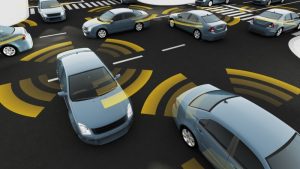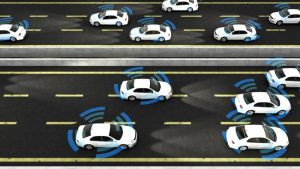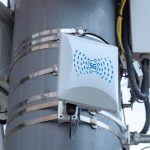San Diego, in partnership with GE, is launching the largest deployment of a city-based Internet of Things platform in the world. Mayor Kevin Faulconer announced that the city is upgrading streetlights, and is using IoT sensors to transform the lights into a connected digital network that can improve parking, traffic, and public safety, as well as track air quality.
Over the next year, the city of San Antonio will deploy sensors that monitor both foot traffic and vehicle traffic. In late January, Mayor Ivy Taylor announced that her city was selected for the Envision America smart city initiative, which helps cities develop major Internet of Things projects.
As a way to combat public mistrust of autonomous vehicles, the Alliance for Transportation Innovation announced a cross-country autonomous vehicle road trip.
The City of Milwaukee is creating a detailed smart city plan after deploying several smaller Internet of Things initiatives over the last couple of years.
Michigan Gov. Rick Snyder signed legislation to allow operation of autonomous vehicles on Michigan roadways.
The Lower Colorado River Authority has 275 flood sensors deployed throughout its 44,000-square-mile domain. With a $650,000 grant from the Department of Homeland Security’s Science and Technology Directorate, the LCRA hopes to increase that number.
The Barnacle, a parking enforcement tool launched this summer, is latching onto cars with multiple parking violations in Fort Lauderdale, Fla., and Allentown, Pa.
The city of Atlanta is one of 60 partners joining the Department of Energy’s Better Communities Alliance and is committed to delivering energy efficient and sustainable solutions.
City governments are looking to build their own broadband networks in order to have the infrastructure in place for the upgrade to 5G technology.
By Halloween, the National Institute of Standards and Technology will have completed a rough draft for Smart City frameworks throughout the country.













